Enlightened Dance: The Practice of Country Dances in 18th-Century Scotland
(Alena Shmakova)
The wider accessibility of dance tuition in late 19th-century Scotland led to the ‘folklorisation’ of country dances, culminating in the Royal Scottish Country Dance Society’s founding in 1923. This institution oversaw the standardisation of Scottish country dance, shaping the globally recognised RSCDS style. However, this process erased regional and stylistic variations, previously influenced by locality, fashion, and societal norms.
This workshop aims to recreate 18th-century Scottish dance practice, using handwritten dance collections, assembly rules, diaries and dress-code considerations to achieve a historically informed style of performance.
The focus is on the manuscripts created by David Young, a writing master and musician active in Edinburgh and Aberdeen. His two exquisitely crafted books, documenting around 100 dances, contain music, descriptions, and cues aligning figures with musical phrasing. Comparing these sequences with other Scottish aide-mémoires of the period revealed both conservative sequences and inventive variations set to the same tunes as well as highlighting popular figures, phrasing, and execution styles.
The research was partially supported by Tasgadh, funded by the National Lottery through Creative Scotland.
Alena Shmakova, Edinburgh, United Kingdom
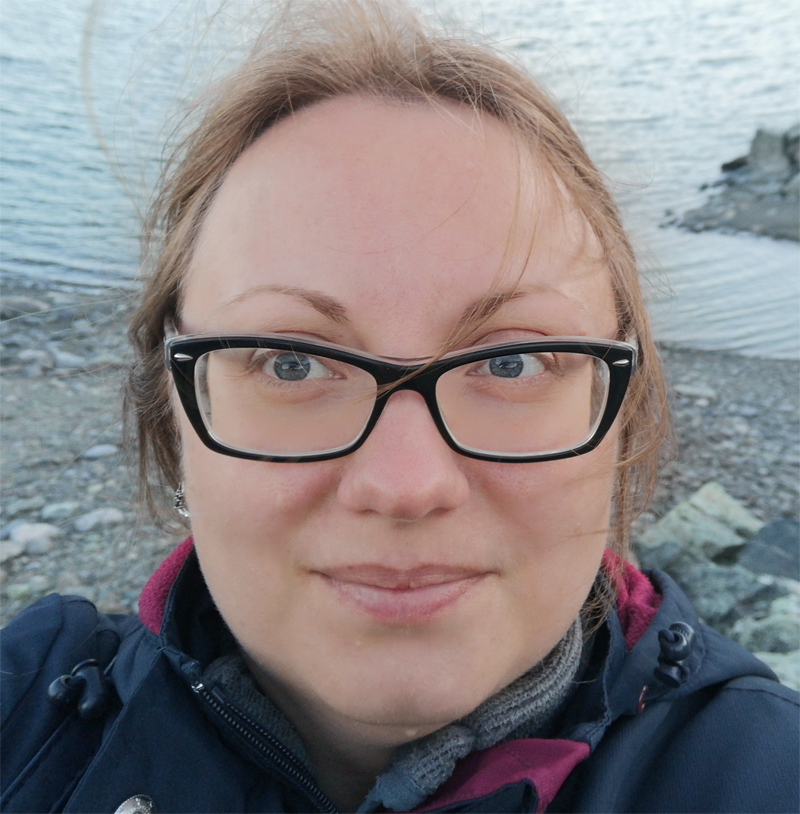 Dr Alena Shmakova is a dance historian based in Edinburgh, Scotland. She teaches and performs historical dance as part of Les Danses Antiques since 2013 focusing on social dances from the XVII – XIX centuries. Her research interests include Russian influences in the British dance repertoire of 18th and 19th centuries and Scottish dance scene during the Enlightment period. The later project she is doing as a research volunteer at the National Trust for Scotland. Alena is a board member of the Early Dance Circle.
Dr Alena Shmakova is a dance historian based in Edinburgh, Scotland. She teaches and performs historical dance as part of Les Danses Antiques since 2013 focusing on social dances from the XVII – XIX centuries. Her research interests include Russian influences in the British dance repertoire of 18th and 19th centuries and Scottish dance scene during the Enlightment period. The later project she is doing as a research volunteer at the National Trust for Scotland. Alena is a board member of the Early Dance Circle.

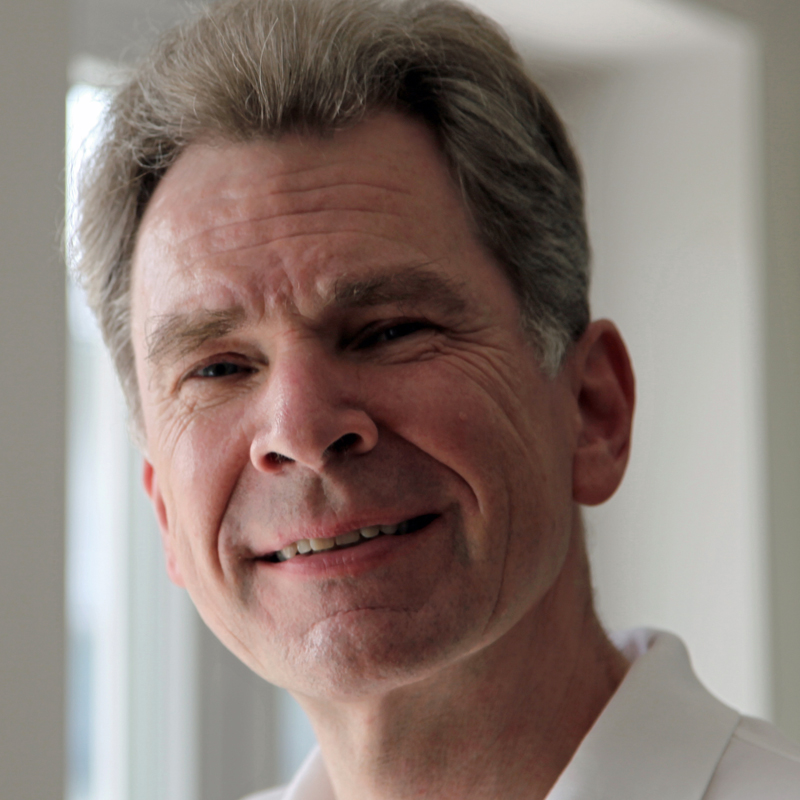 Markus Lehner unterrichtet seit 1984 historischen Tanz mit dem Schwerpunkt Renaissance. Seine Tätigkeit im Bereich der Tanzforschung führte 1997 zur Veröffentlichung des „Manual of Sixteenth-century Dance Steps in Italy“. 2022 organisierte er zum fünften Mal das internationale Symposium für Historischen Tanz auf Burg Rothenfels unter dem Titel "Der Ball - Geselligkeit, Macht, Politik, 1600 - 1900“. Er ist Gründungsmitglied und Vorsitzender des Vereins Dance & History e.V., der Forschung und Wissensvermittlung im Bereich des Historischen Tanzes fördert.
Markus Lehner unterrichtet seit 1984 historischen Tanz mit dem Schwerpunkt Renaissance. Seine Tätigkeit im Bereich der Tanzforschung führte 1997 zur Veröffentlichung des „Manual of Sixteenth-century Dance Steps in Italy“. 2022 organisierte er zum fünften Mal das internationale Symposium für Historischen Tanz auf Burg Rothenfels unter dem Titel "Der Ball - Geselligkeit, Macht, Politik, 1600 - 1900“. Er ist Gründungsmitglied und Vorsitzender des Vereins Dance & History e.V., der Forschung und Wissensvermittlung im Bereich des Historischen Tanzes fördert.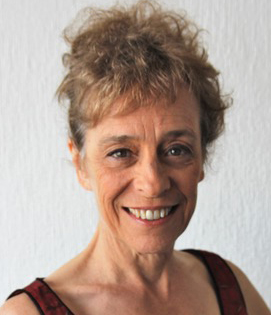 She studied music in Madrid, The Hague and with Nadia Boulanger. She obtained an Early Dance Teacher diploma from the GSMD and a dance certificate from the Sorbonne, Paris. Among other opera productions she has choreographed for Rinaldo, Orlando, Alceste, Giulio Cesare, Ginastera’s Beatrix Cenci, King Arthur, Indes Galantes, Hippolyte et Aricie, Carmen, Massenet’s Manon and Lully’s Bourgeois Gentilhomme. She has collaborated as a dancer and choreographer with Les Arts Florissants, Ris et Danceries, Les Paladins, Elyma Ensemble and the Yepes Trio among others. She works with directors including Francisco Negrin, Alfredo Arias, Jean-Marie Villégier and Mireille Laroche. She has her own company, Donaires Ensemble, which presents baroque dance programs and contemporary dance pieces. She teaches regularly in Europe, South and North America and Japan. She is currently collaborating with with Anna Romaní on the edition of their first book on dance of the Spanish Golden Age: “Introduction to Dance in the Spanish Golden Age, its sources, and its links with French and Italian Dance”.
She studied music in Madrid, The Hague and with Nadia Boulanger. She obtained an Early Dance Teacher diploma from the GSMD and a dance certificate from the Sorbonne, Paris. Among other opera productions she has choreographed for Rinaldo, Orlando, Alceste, Giulio Cesare, Ginastera’s Beatrix Cenci, King Arthur, Indes Galantes, Hippolyte et Aricie, Carmen, Massenet’s Manon and Lully’s Bourgeois Gentilhomme. She has collaborated as a dancer and choreographer with Les Arts Florissants, Ris et Danceries, Les Paladins, Elyma Ensemble and the Yepes Trio among others. She works with directors including Francisco Negrin, Alfredo Arias, Jean-Marie Villégier and Mireille Laroche. She has her own company, Donaires Ensemble, which presents baroque dance programs and contemporary dance pieces. She teaches regularly in Europe, South and North America and Japan. She is currently collaborating with with Anna Romaní on the edition of their first book on dance of the Spanish Golden Age: “Introduction to Dance in the Spanish Golden Age, its sources, and its links with French and Italian Dance”.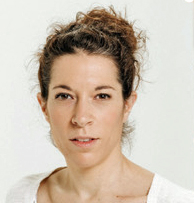 Anna Romaní, born in Barcelona, graduated in Contemporary Dance and Choreography at the Institut del Teatre. She specialises in Renaissance and Baroque dance, having trained with leading international teachers. Since 2005 she has performed with French companies such as Ensemble Donaïres, L’Eventail and Outre Mesure, and collaborated with ensembles including Le Poème Harmonique, Forma Antiqva and Vespres d’Arnadí. She frequently works with the Palau de la Música in projects involving both professional and amateur choirs, as well as family programmes. Alongside her performing career, she has consistently combined artistic practice with research. She co-directs Xuriach, a company dedicated to the study and performance of historical Catalan music and dance. As an educator, she integrates body and music through the Orff approach, and has taught at various conservatories and cultural institutions.
Anna Romaní, born in Barcelona, graduated in Contemporary Dance and Choreography at the Institut del Teatre. She specialises in Renaissance and Baroque dance, having trained with leading international teachers. Since 2005 she has performed with French companies such as Ensemble Donaïres, L’Eventail and Outre Mesure, and collaborated with ensembles including Le Poème Harmonique, Forma Antiqva and Vespres d’Arnadí. She frequently works with the Palau de la Música in projects involving both professional and amateur choirs, as well as family programmes. Alongside her performing career, she has consistently combined artistic practice with research. She co-directs Xuriach, a company dedicated to the study and performance of historical Catalan music and dance. As an educator, she integrates body and music through the Orff approach, and has taught at various conservatories and cultural institutions.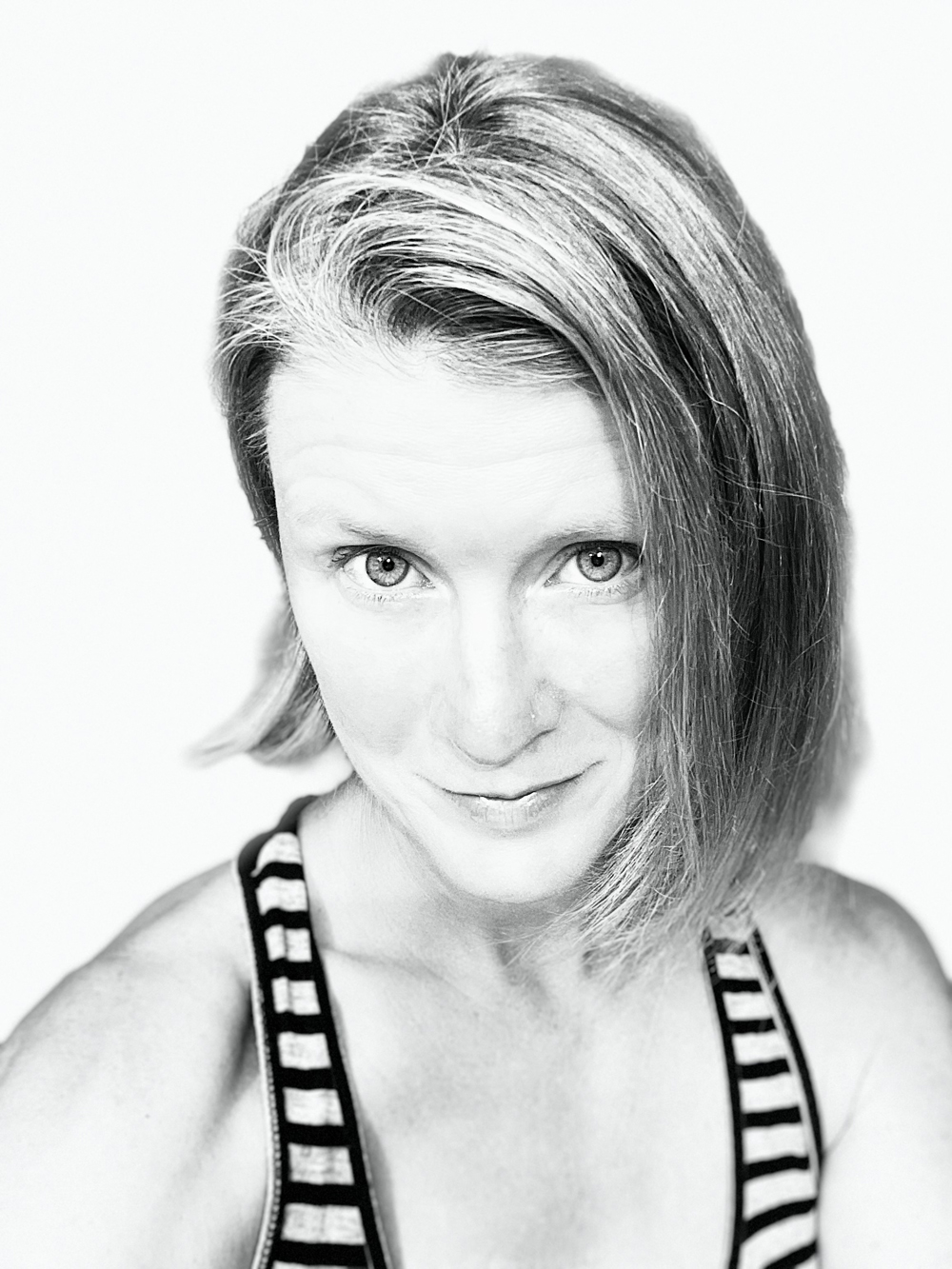 Caroline Copeland is the Associate Director of the New York Baroque Dance Company, appearing with the troupe at the Drottningholm Theater, the International Händel-Festspiele Göttingen, Guggenheim Museum, and Potsdam Sanssouci Music Festival. She is a dancer and choreographer at the Boston Early Music Festival where choreographic credits include Campra's Le Carnaval de Venise, Händel’s Almira, Monteverdi’s Il Ritorno d’Ulisse in Patria, and Steffani’s Niobe. As a soloist, Caroline has collaborated with many groups around the US and Europe including Nordic Baroque Dancers, The New Dutch Academy, Juilliard415, Cantata Profana, and Mertz Trio. Her choreography has been presented at The Metropolitan Museum of Art, Lincoln Center, The Kennedy Center, The Public Theater, and the Philipszaal in The Hague. She is on the dance faculties of Hofstra University and SUNY Purchase Conservatory of Dance and a guest lecturer for Juilliard’s Historical Performance program. She holds a BA in Dance/Goucher College and MFA in Dance/Sarah Lawrence College.
Caroline Copeland is the Associate Director of the New York Baroque Dance Company, appearing with the troupe at the Drottningholm Theater, the International Händel-Festspiele Göttingen, Guggenheim Museum, and Potsdam Sanssouci Music Festival. She is a dancer and choreographer at the Boston Early Music Festival where choreographic credits include Campra's Le Carnaval de Venise, Händel’s Almira, Monteverdi’s Il Ritorno d’Ulisse in Patria, and Steffani’s Niobe. As a soloist, Caroline has collaborated with many groups around the US and Europe including Nordic Baroque Dancers, The New Dutch Academy, Juilliard415, Cantata Profana, and Mertz Trio. Her choreography has been presented at The Metropolitan Museum of Art, Lincoln Center, The Kennedy Center, The Public Theater, and the Philipszaal in The Hague. She is on the dance faculties of Hofstra University and SUNY Purchase Conservatory of Dance and a guest lecturer for Juilliard’s Historical Performance program. She holds a BA in Dance/Goucher College and MFA in Dance/Sarah Lawrence College.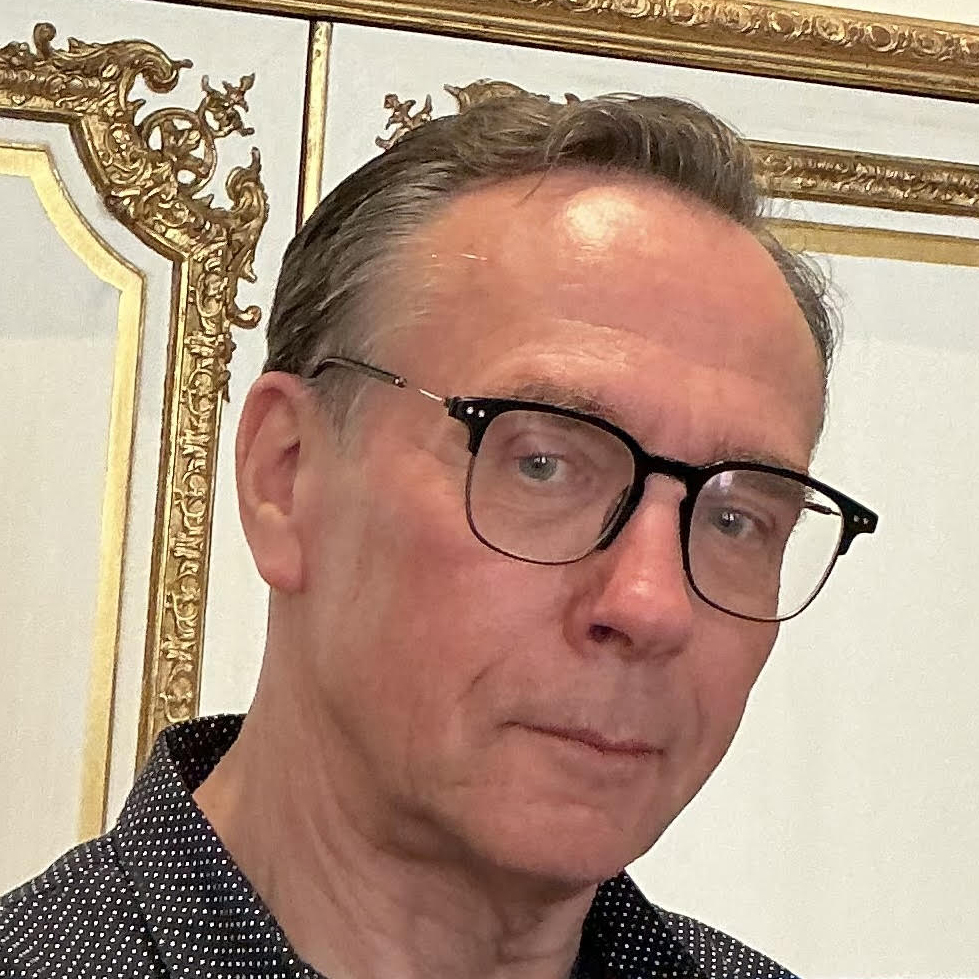 Paris-based researcher and choreographer Alan Jones has given papers and classes at Burg Rothenfels on a number of occasions. Having performed Baroque dance widely in North America and Europe from the 1980s into the early 2000s, he now gives priority to choreographies of the late 18th and early 19th centuries, principally those of the United States. A frequent collaborator with the New York Baroque Dance Company (Catherine Turocy, director), he recently realized a suite of American dances for the company, including the Congo Minuet; this project was conducted in collaboration with Julia Bengtsson, and with support from the Centre National de la Danse. In addition to papers at Burg Rothenfels, he has presented at conferences hosted by the City University of New York, the court theater of Český Krumlov, and the Centre de Musique Baroque de Versailles, among others. He is presently laying the groundwork for a website chronicling all the dancers, ballet masters, and dancing masters active in the early United States, along with the repertory they created. Contact:
Paris-based researcher and choreographer Alan Jones has given papers and classes at Burg Rothenfels on a number of occasions. Having performed Baroque dance widely in North America and Europe from the 1980s into the early 2000s, he now gives priority to choreographies of the late 18th and early 19th centuries, principally those of the United States. A frequent collaborator with the New York Baroque Dance Company (Catherine Turocy, director), he recently realized a suite of American dances for the company, including the Congo Minuet; this project was conducted in collaboration with Julia Bengtsson, and with support from the Centre National de la Danse. In addition to papers at Burg Rothenfels, he has presented at conferences hosted by the City University of New York, the court theater of Český Krumlov, and the Centre de Musique Baroque de Versailles, among others. He is presently laying the groundwork for a website chronicling all the dancers, ballet masters, and dancing masters active in the early United States, along with the repertory they created. Contact: 
